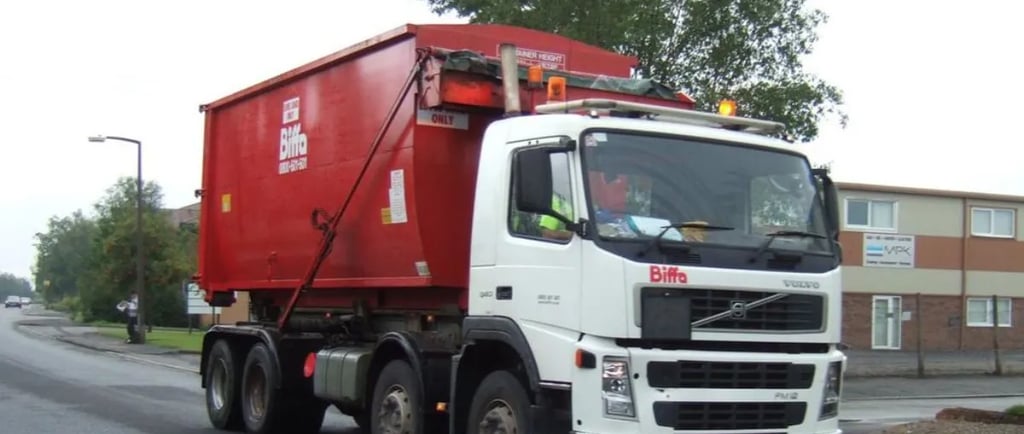Biffa: Boost efforts to recycle more cups
"Biffa addresses the critical issue of low recycling rates for disposable cups, advocating for enhanced recycling practices. Learn more!"
PACKAGING


Recently, a study by Biffa has shown that annually, approximately 1370 tons of recyclable paper fiber are thrown away, thereby exposing a big problem in the recycling effort of the UK. This wastage is particularly stark in the context of disposable takeaway cups, estimated at 2.5 to 5 billion used annually in the UK—with a recycling fraction of 1 in 400. This is a low rate of recycling by comparison that, therefore, points to the real difficulty posed by takeaway single-use cups when compared with a 70.6% recycling rate for general paper and cardboard.
He adds that the cups are engineered and composed of materials very differently from one another. This was further brought out through Roger Wright, waste strategy and packaging manager at Biffa. Hot or cold, disposable takeaway cups carry an array of designs, coatings, and labels that make them particularly difficult for recycling. These designs usually have various designs and coverings, which make them very difficult to recycle. The non-standard packaging design of the takeaway cup makes it difficult for people and recycling centers to sort and recycle effectively.
The other thing that makes it intricate is that the cups are double-walled or covered with sleeves so that they are not too hot in the hands. These are safety measures that make them hamper recycling. Further, to the above, though cups are made out of virgin solid bleached sulfate (SBS-based) fiber of premium quality since the same is complexly designed, the recycling of the same products falls within statutory issues. Wright quotes that getting to the maximum recycling value of the cups requires such measures as crushing or stacking, things not always possible in terms of logistics and economics of recycling.
Besides, the great diversity of coatings that seal the cups, with differences for each takeaway chain, further adds complexity to their recycling. Without high-level sorting technologies and proper segregation before, it is almost impossible to separate and recycle the different types of cups in such a way that the material obtained is of good quality.
Wright stresses the importance of using the same material in the takeaway cups since this is what will help the takeaway cups be recyclable. He thinks that in the push for better-quality recycled materials, perhaps the paper mills will begin to receive various grades of recycled cups. The drawback he has pointed at, however, is very general: the user uses an empty cup as a tiny trash can and contaminates the recycling stream with organic waste and non-recyclable items, thus affecting the quality and, as a consequence, also reducing the quantity of recovered material.
In finding a way to overcome these challenges, Wright advocates a collaborative effort between businesses, customers, and waste management companies that would help improve rates in the recycling industry. This new national scheme launched by Biffa targets to improve the recycling process of takeaway cups, making it more cost-effective and environmentally friendly. While the recycling rates for other paper products may be achieved with ambitious targets, Wright feels substantial improvements are achievable, as the numbers point to more numbers of sustainability-conscious businesses taking part in the Biffa recycling program.
Read about: Kroger Workers in WV, KY, and OH Vote to Authorize Strike
